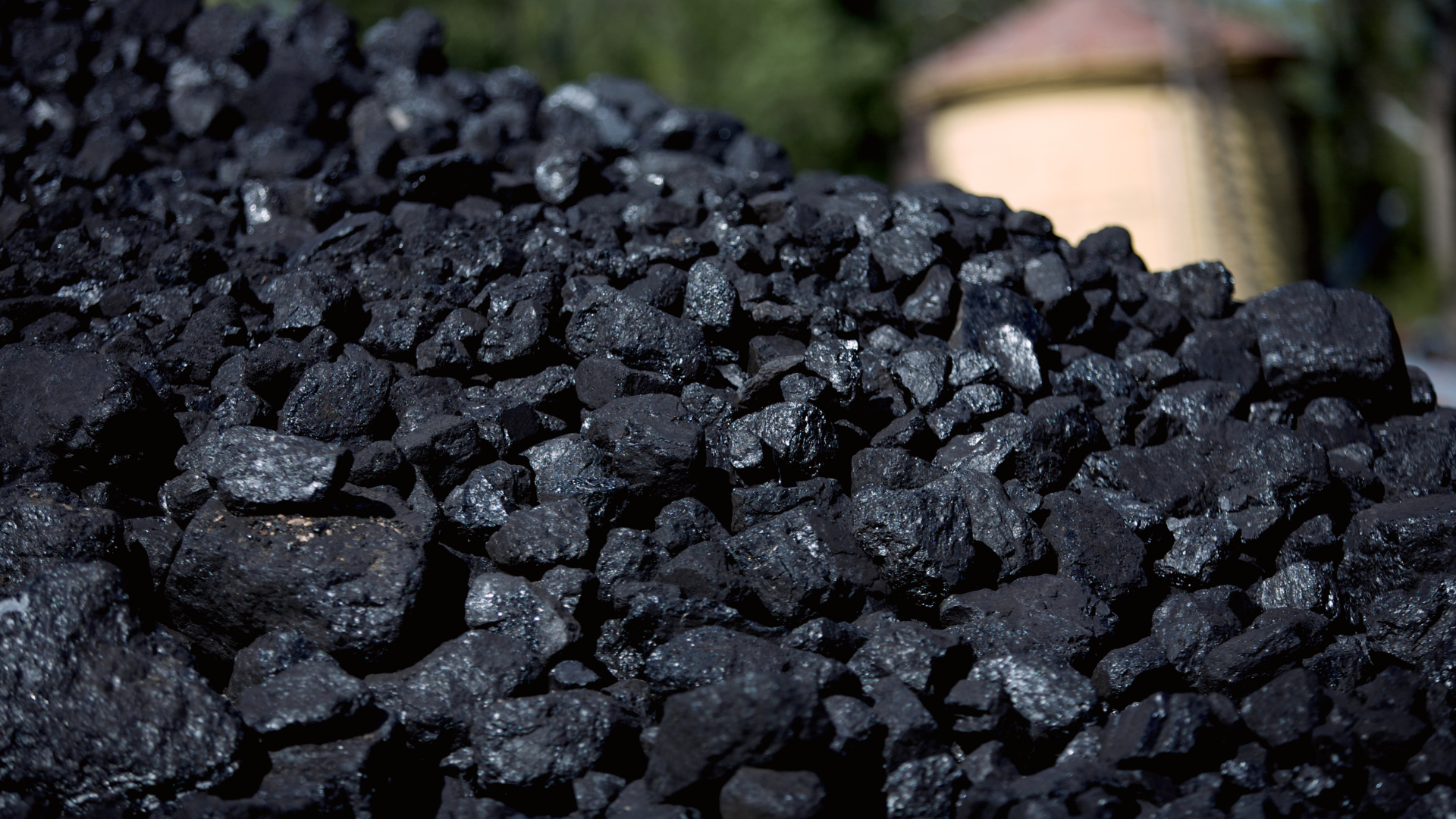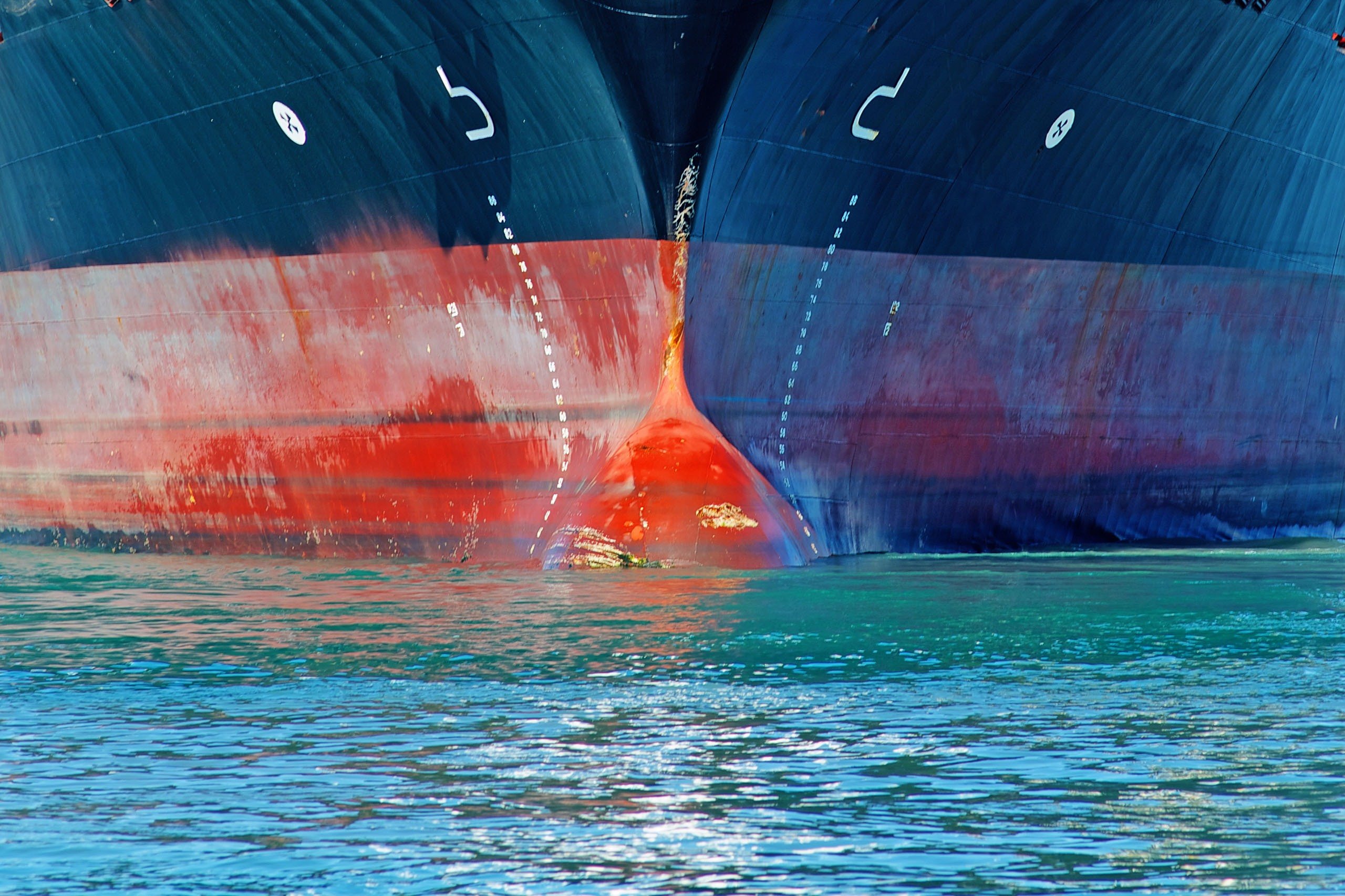2013年3月19日、商船"CMA CGM FLORIDA"(CCF)は、商船"CHOU SHAN"(CS)と長江河口で衝突し、大破したCCFの船体から大量の燃料油が流出するという事態が発生しました。
On 19 March 2013, MV "CMA CGM Florida" (CCF) collided with MV "Chou Shan" (CS) in the estuary of the Yangtze River, resulting in a serious rupture to the hull of CCF followed by a substantial bunker oil spill into the sea.
Shanghai Salvage Bureau and some local SPROs mobilized by the local MSA participated in the emergency response and pollution cleanup operations and these parties subsequently claimed against the two colliding vessels for cost recovery.
The aforesaid claims went through first and second instance trials before the Chinese courts. Disagreeing with the court judgements, the claimants applied for retrials by the PRC Supreme Court. On 20 November 2019, the Supreme Court issued its final judgements overruling the first and second instance judgements. These judgements have given rise to spirited debates within the shipping industry. We summarize below the Court's reasoning and the key points in these judgements:
1) Shanghai Salvage Bureau claimed their emergency response costs as salvage costs which should not be limitable. Analyzing the purposes, the nature, the work items of operation and the actions taken by Shanghai Salvage Bureau, and in appraising whether the colliding vessels were in peril and in need of salvage at the material times, the Supreme Court separated the emergency response costs into salvage costs and cleanup costs. The Court decided that the heads of claim for salvage costs against the salved vessel (namely CCF) were not limitable whilst the heads of claim for cleanup costs should be limitable. It should be further noted that CS was not liable for the salvage costs which were not limitable, since she was not the salved target. In the judgement dealing with the MSA's costs claim, the Supreme Court considered that CCF was not at any point in peril of sinking, becoming a wreck, stranding or being abandoned as a CTL following the collision. Actions taken by the MSA were therefore more in the nature of precautionary measures taken for pollution cleanup purposes rather than for salvage, hence the MSA's argument that their claim should be regarded as salvage in nature would not be supported.
2) In the absence of explicit agreements on fee rates (for both salvage costs and cleanup costs), the Supreme Court supported in principle Shanghai Salvage Bureau's request for SCOPIC tariff plus 25% subject to the defendants producing evidence to show that the actual costs were lower than the SCOPIC tariff. In the judgements on the SPROs' claims, the Supreme Court referred to the judgement in the Shanghai Salvage Bureau claim and adopted the SCOPIC tariff to determine the SPROs' claimable cleanup costs, so as to apply a more internationally acceptable fee rate and to standardize the fee rates for pollution cleanup costs arising from the same incident.
3) While the Court confirmed the general understanding that CCF as the leaking vessel shall be held liable for cleanup costs and pollution damage in full despite the apportionment of collision liability, the judgements are novel in explicitly concluding that CS as the non-leaking vessel should also assume liability based on the collision liability apportionment for cleanup costs and pollution damage. The Supreme Court's reasoning is as follows:
- The Bunker Convention merely expresses that the leaking vessel shall be liable for pollution damage. It does not explicitly exclude other possible liable parties and as such, it is not appropriate to infer that no other party apart from the leaking vessel can be held liable. It is therefore not necessarily the case that pollution damage claimants cannot claim compensation directly against other liable parties.
- The Bunker Convention only regulates liabilities for pollution damage on the part of leaking vessels. In order to consider whether a non-leaking vessel may be held liable for pollution damage in circumstances where the oil spill resulted from a collision incident involving a non-leaking vessel, it is the domestic governing law rather than the Bunker Convention that shall be applicable. It is to be noted that the PRC Maritime Code does not deal with compensation liability (particularly in pollution damage claims) when the claim is for costs incurred by a third party as opposed to the two colliding parties, hence it is Article 68 of the PRC Tort Law that prevails. In applying Article 68, the Supreme Court ruled that CS as the non-leaking vessel should be liable for 50% of the claim for the cleanup costs, which is pro-rata to her collision liability.
Since both colliding vessels have set up tonnage limitation funds in China, logically the pollution claimants can either claim 100% of their cleanup costs against the limitation fund set up by the leaking vessel, or claim 50% (or any other apportionment) of their cleanup costs against each of the two limitation funds. However, in no event shall the total compensation that the pollution claimants obtain from both limitation funds exceed 100% of the cleanup costs claimed.
4) The Supreme Court held that the cleanup operations by the SPROs are precautionary measures taken for pollution cleanup purposes as stipulated in the Bunker Convention, and costs incurred thereby shall thus be subject to the tonnage limitations. The Supreme Court did not however discuss in the judgements whether or not the SPROs' pollution cleanup cost claims should be subject to tonnage limitations when cleanup agreements had been concluded between the SPROs and Owners.
The important outcome from these Supreme Court judgements lies in the Court's decision that the non-leaking vessel shall be held liable for pollution damage and cleanup costs in proportion to her collision liability apportionment even while the leaking vessel shall remain fully liable, and total compensations payable to the pollution claimants shall not exceed their proven loss amount.
As Members are aware, over the years there have been various discussions generating different viewpoints on whether non-leaking vessels should be held liable for pollution damage arising from maritime accidents involving non-leaking vessels. Undoubtedly therefore, the conclusions reached in these Supreme Court judgements will serve as highly relevant, helpful and authoritative guidance to the Chinese courts when considering bunker pollution claims and limitation claims for many years to come.
The UK P&I Club would like to thank Mr CHEN Xiangyong, Senior Partner of Wang Jing & Co, China for the above article




